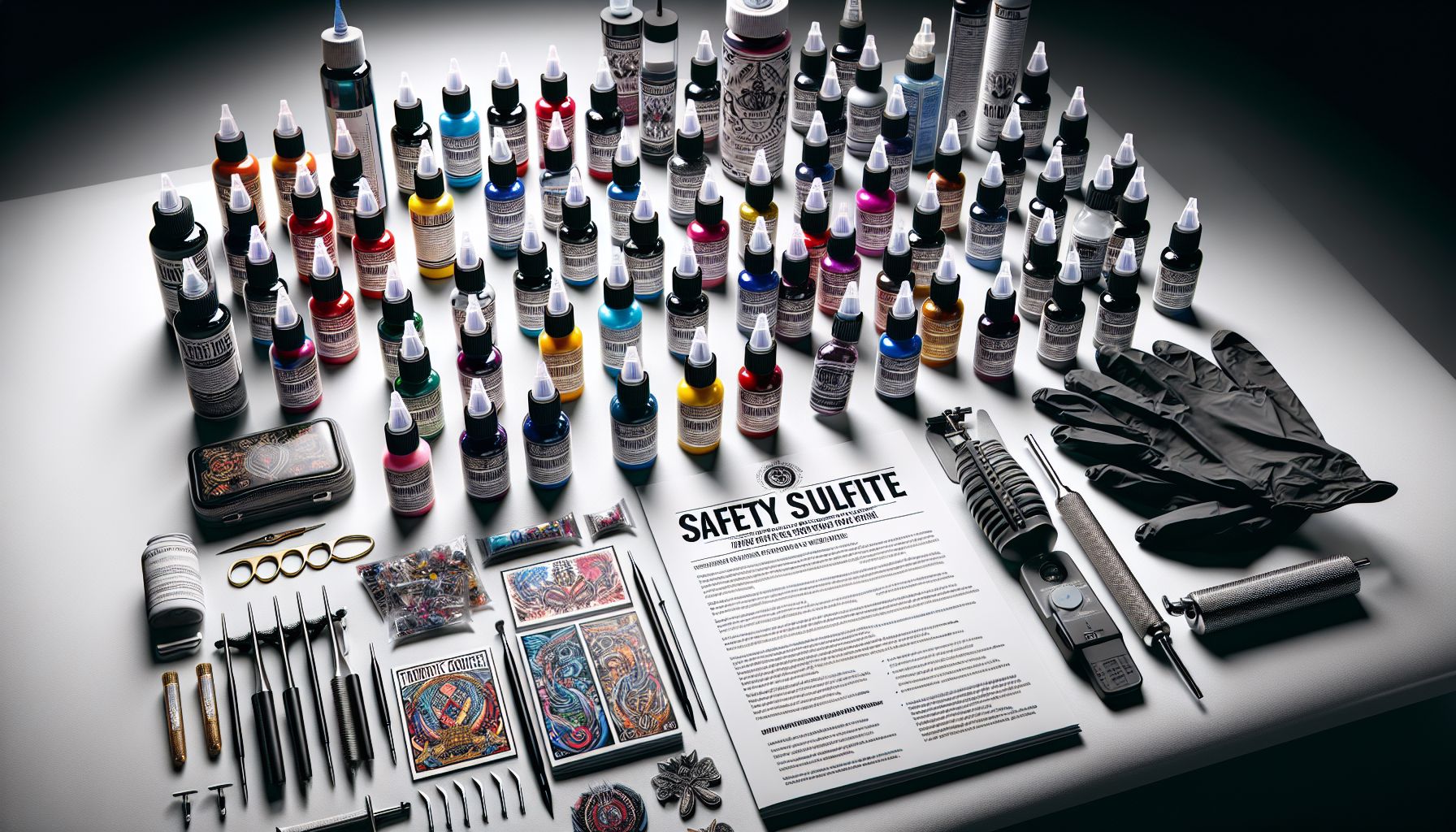Tattooing is an art form that predates modern history, with a lineage as colorful as the designs it produces. At the heart of this rich tradition lies one of the most critical tattoo supplies: tattoo ink. As veterans in the tattoo industry, we understand the paramount importance of quality inks — not just for the creation of stunning visuals but also for the safety and satisfaction of our clients.
Imagine ink as the painter’s palette, a critical component that brings the artist’s vision to life. The choices are endless, and each hue holds the potential to create something unique and breathtaking. Over the years, I’ve had my hands on countless bottles, experimented with various brands, and seen the evolution of tattoo ink from a limited selection to an expansive spectrum of shades and formulas.
The Evolution of Tattoo Ink
In times gone by, tattoo inks were rudimentary at best, with artists often using homemade concoctions that were neither safe nor reliable. Early inks were made from anything that could provide color: charred bones, ink from pens, and even ash mixed with other substances to create a rudimentary pigment. Fortunately, we have come a long way since those hazardous days.
Modern tattoo inks are now produced with safety and durability in mind. They are manufactured in sterile environments and are subject to rigorous testing. High-quality inks today consist of pigments suspended in a carrier solution. The pigments provide the color, while the carrier solution contains ingredients like ethanol, glycerin, or witch hazel to keep the pigment evenly distributed and ensure smooth application.
The Importance of Quality Tattoo Ink
As any experienced tattooist knows, not all inks are created equal. The diversity of tattoo inks available can either be a treasure trove or a minefield, depending on one’s knowledge. It’s not just about picking the right colors; it’s also about understanding the properties of those colors — how they interact with different skin types, how they heal, and their longevity.
A high-quality tattoo ink will boast a vivid, enduring color that doesn’t fade rapidly with time. In my years of experience, I have learned that investing in top-grade inks will save both the artist and the client from disappointment down the line. No one wants a tattoo that looks fantastic when first done but loses its luster after a few months.
Safety and Compliance
Safety is another critical concern when discussing tattoo inks. With skin being a living, breathing organ, what goes into it must be free of harmful substances. Quality inks are free from heavy metals, carcinogens, and allergens, which reduces the risk of adverse reactions.
Compliance with regulations such as those outlined by the FDA in the United States is also key. Tattoo inks should be up to par with industry standards, and it’s imperative for artists to be well-informed about the inks they’re using, not just for their client’s safety, but also to maintain professional integrity and trust.
Personal Experiences with Different Ink Brands
Over the years, I’ve found that certain brands consistently outperform others. Brands like Eternal Ink, Fusion Ink, and World Famous Tattoo Ink have become staples for many professional artists. These brands are recognized for their quality, consistency, and safety. Each has a particular character – some may offer a wider range of colors, while others might specialize in hypoallergenic formulas.
Yet, even with reputable brands, individual experience plays a crucial role. Some inks flow better with certain techniques or on specific skin types. I remember using a particularly vibrant shade of red that seemed to glow on one client’s skin, whereas the same ink was less impressive on another. It’s all about understanding the intricate dance between ink, skin, and artist technique.
Tips for Choosing and Using Tattoo Inks
For tattoo artists, either seasoned or newcomers, selecting the right tattoo ink is critical. Here are a few tips based on my experience:
– Research thoroughly and invest in inks from reputable companies.
– Always check the ingredients for potential allergens.
– Try out different inks on test skins or when appropriate, on small, discreet areas as part of bigger pieces, to see how they heal.
– Keep the color wheel in mind — understanding color theory can make a massive difference in the end result.
– Maintain a dialogue with other artists and share experiences with different brands and colors.
The Future of Tattoo Inks
Innovation continues in the world of tattoo inks. From organic inks to those that promise less fading with time, the potential for new products is limitless. Vegan inks, for instance, have become increasingly popular, reflecting a growing consciousness about cruelty-free and ethical products. The industry is also witnessing a rise in ‘smart’ inks that change color or fade completely with specific stimuli. The future is as bright and varied as the color palettes we use.
In conclusion, the significance of tattoo inks in the world of tattoo supplies is undeniable. As artists, our expression hinges on the colors we choose and the quality of the inks we apply. With the evolution of tattoo inks and the constant push for safer, more vibrant options, the only limit is the breadth of our creativity. The next time you fill your needle with ink, remember the immense journey that drop has made — from the early concoctions of ground-up minerals to the finely-tuned solutions of today — transforming skin into a canvas of personal story-telling and art.



